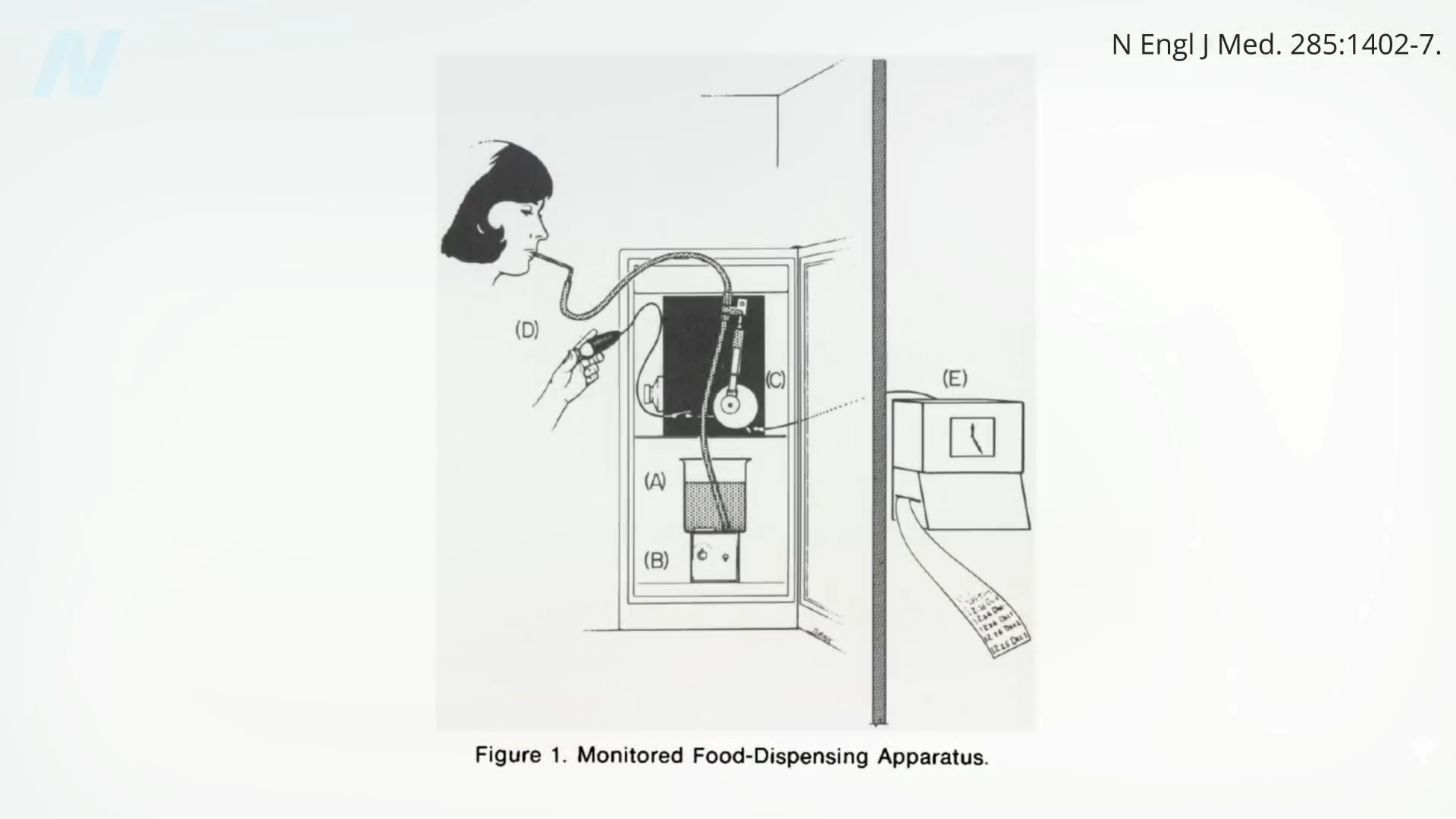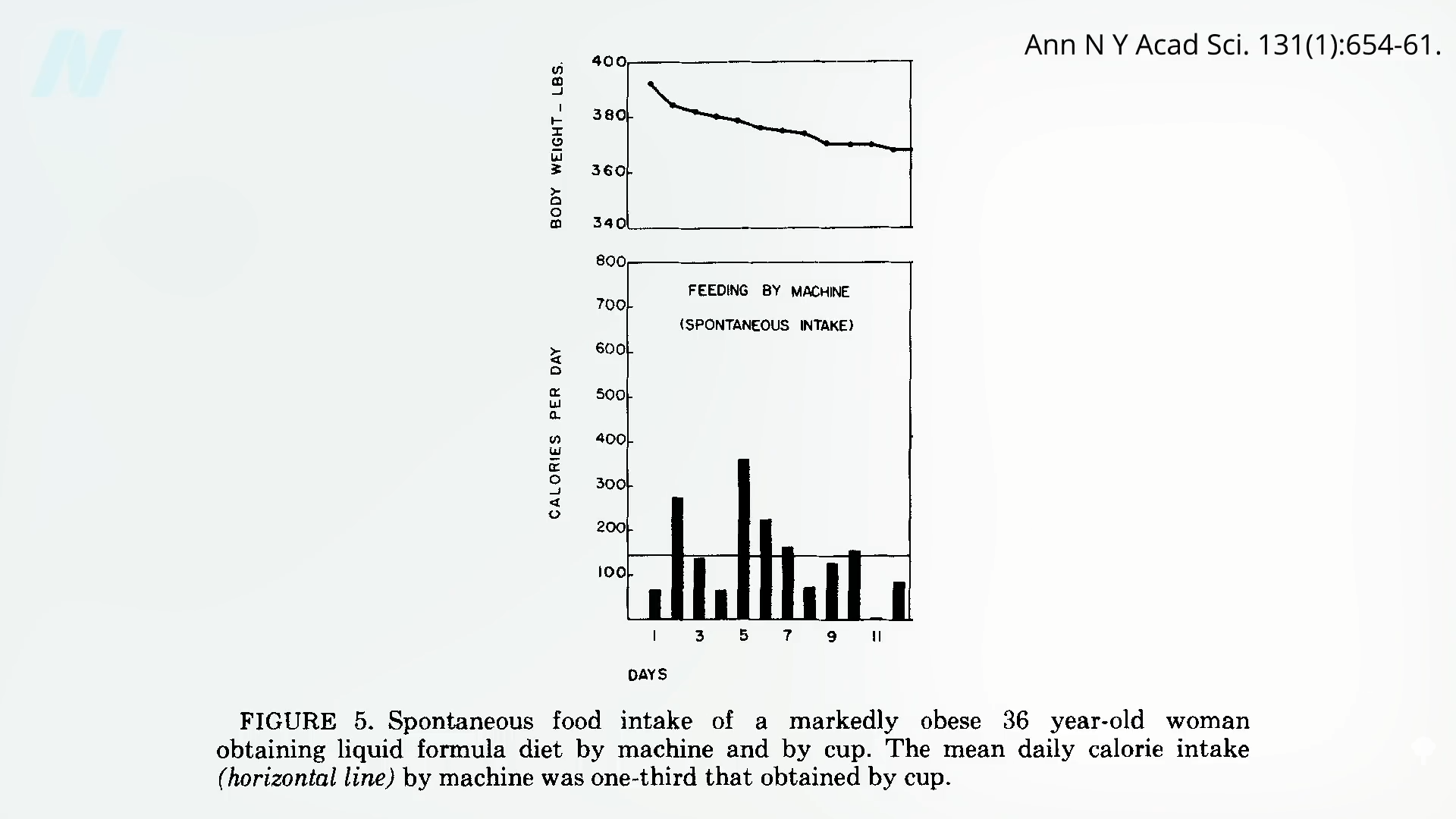I debunk the parable of protein as essentially the most satiating macronutrient.
The significance of satiety is underscored by a uncommon genetic situation referred to as Prader-Willi syndrome. Youngsters with the dysfunction are born with impaired signaling between their digestive system and their mind, in order that they don’t know after they’re full. “As a result of no sensation of satiety tells them to cease consuming or alerts their physique to throw up, they’ll unintentionally devour sufficient in a single binge to fatally rupture their abdomen.” With out satiety, meals can be “a demise sentence.”
Protein is commonly described as essentially the most satiating macronutrient. Folks are likely to report feeling fuller after consuming a protein-rich meal, in comparison with a carbohydrate- or fat-rich one. The query is: Does that feeling of fullness final? From a weight-loss standpoint, satiety rankings solely matter in the event that they find yourself reducing down on subsequent calorie consumption, and even a evaluation funded by the meat, dairy, and egg industries acknowledges that this doesn’t appear to be the case for protein. Hours later, protein consumed earlier doesn’t have a tendency to finish up reducing energy afterward.
Fiber-rich meals, then again, can suppress urge for food and cut back subsequent meal consumption greater than ten hours after consumption—even the following day—as a result of their website of motion is 20 ft down within the decrease gut. Bear in mind the ileal brake from my Proof-Primarily based Weight Loss lecture? When researchers secretly infused vitamins into the tip of the small gut, research contributors spontaneously ate as many as lots of fewer energy at a meal. Our mind will get the sign that we’re full, from head to tail.
We have been constructed for gluttony. “It’s a great intuition, developed over tens of millions of years, for instances of shortage.” Stumbling throughout a uncommon bounty, those that might fill themselves essentially the most to construct up the best reserves could be extra prone to go alongside their genes. So, we’re hard-wired not simply to eat till our abdomen is full, however till our total digestive tract is occupied. Solely when our mind senses meals all the way in which down on the finish does our urge for food totally dial down.
Fiber-depleted meals get quickly absorbed early on, although, a lot of it by no means makes it all the way down to the decrease intestine. As such, if our weight loss plan is low in fiber, no marvel we’re consistently hungry and overeating; our mind retains ready for the meals that by no means arrives. That’s why individuals who even bear stomach-stapling surgical procedures that go away them with a tiny two-tablespoon-sized abdomen pouch can nonetheless eat sufficient to regain a lot of the weight they initially misplaced. With out ample fiber, transporting vitamins down our digestive tract, we might by no means be totally satiated. However, as I described in my final video, one of the vital profitable experimental weight-loss interventions ever reported within the medical literature concerned no fiber in any respect, as you possibly can see right here and at 2:47 in my video Meals Designed to Hijack Our Appetites.
 At first look, it may appear apparent that eradicating the pleasurable elements of consuming would trigger folks to eat much less, however keep in mind, that’s not what occurred. The lean contributors continued to eat the identical quantity, taking in 1000’s of energy a day of the tasteless goop. Solely those that have been overweight went from consuming 1000’s of energy a day all the way down to lots of, as proven beneath and at 3:22 in my video. And, once more, this occurred inadvertently with out them apparently even feeling a distinction. Solely after consuming was disconnected from the reward was the physique capable of begin quickly reining within the weight.
At first look, it may appear apparent that eradicating the pleasurable elements of consuming would trigger folks to eat much less, however keep in mind, that’s not what occurred. The lean contributors continued to eat the identical quantity, taking in 1000’s of energy a day of the tasteless goop. Solely those that have been overweight went from consuming 1000’s of energy a day all the way down to lots of, as proven beneath and at 3:22 in my video. And, once more, this occurred inadvertently with out them apparently even feeling a distinction. Solely after consuming was disconnected from the reward was the physique capable of begin quickly reining within the weight.
 We seem to have two separate urge for food management programs: “the homeostatic and hedonic pathways.” The homeostatic pathway maintains our calorie steadiness by making us hungry when power reserves are low and abolishes our urge for food when power reserves are excessive. “In distinction, hedonic or reward-based regulation can override the homeostatic pathway” within the face of extremely palatable meals. This makes complete sense from an evolutionary standpoint. Within the uncommon conditions in our ancestral historical past once we’d stumble throughout some calorie-dense meals, like a cache of unguarded honey, it might make sense for our hedonic drive to leap into the driving force’s seat to devour the scarce commodity. Even when we didn’t want the additional energy on the time, our physique wouldn’t need us to go up that uncommon alternative. Such alternatives aren’t so uncommon anymore, although. With sugary, fatty meals round each nook, our hedonic drive might find yourself in perpetual management, overwhelming the intuitive knowledge of our our bodies.
We seem to have two separate urge for food management programs: “the homeostatic and hedonic pathways.” The homeostatic pathway maintains our calorie steadiness by making us hungry when power reserves are low and abolishes our urge for food when power reserves are excessive. “In distinction, hedonic or reward-based regulation can override the homeostatic pathway” within the face of extremely palatable meals. This makes complete sense from an evolutionary standpoint. Within the uncommon conditions in our ancestral historical past once we’d stumble throughout some calorie-dense meals, like a cache of unguarded honey, it might make sense for our hedonic drive to leap into the driving force’s seat to devour the scarce commodity. Even when we didn’t want the additional energy on the time, our physique wouldn’t need us to go up that uncommon alternative. Such alternatives aren’t so uncommon anymore, although. With sugary, fatty meals round each nook, our hedonic drive might find yourself in perpetual management, overwhelming the intuitive knowledge of our our bodies.
So, what’s the reply? By no means eat actually tasty meals? No, however it might assist to acknowledge the consequences hyperpalatable meals can have on hijacking our appetites and undermining our physique’s higher judgment.
Sarcastically, some researchers have instructed a counterbalancing evolutionary technique for combating the lure of artificially concentrated energy. Simply as pleasure can overrule our urge for food regulation, so can ache. “Conditioned meals aversions” are once we keep away from meals that made us sick up to now. Which will simply look like frequent sense, but it surely is really a deep-seated evolutionary drive that may defy rationality. Even when we know for a truth a specific meals was not the reason for an episode of nausea and vomiting, our physique can inextricably tie the 2 collectively. This occurs, for instance, with most cancers sufferers present process chemotherapy. Consoling themselves with a favourite deal with earlier than remedy can lead to an aversion to their favourite meals if their physique tries to attach the dots. That’s why oncologists might advise the “scapegoat technique” of solely consuming meals earlier than remedy that you’re okay with, by no means desirous to eat once more.
Researchers have experimented with inducing meals aversions by having folks style one thing earlier than spinning them in a rotating chair to trigger movement illness. Eureka! A gaggle of psychologists instructed: “A attainable technique for encouraging folks to eat much less unhealthy meals is to make them sick of the meals, by making them sick from the meals.” What about utilizing disgust to advertise consuming extra healthfully? Youngsters as younger as two-and-a-half years outdated will throw out a chunk of beforehand most popular sweet scooped out of the underside of a clear bathroom.
Fortunately, there’s a option to exploit our instinctual drives with out resorting to revulsion, aversion, or bland meals, which we’ll discover subsequent.













